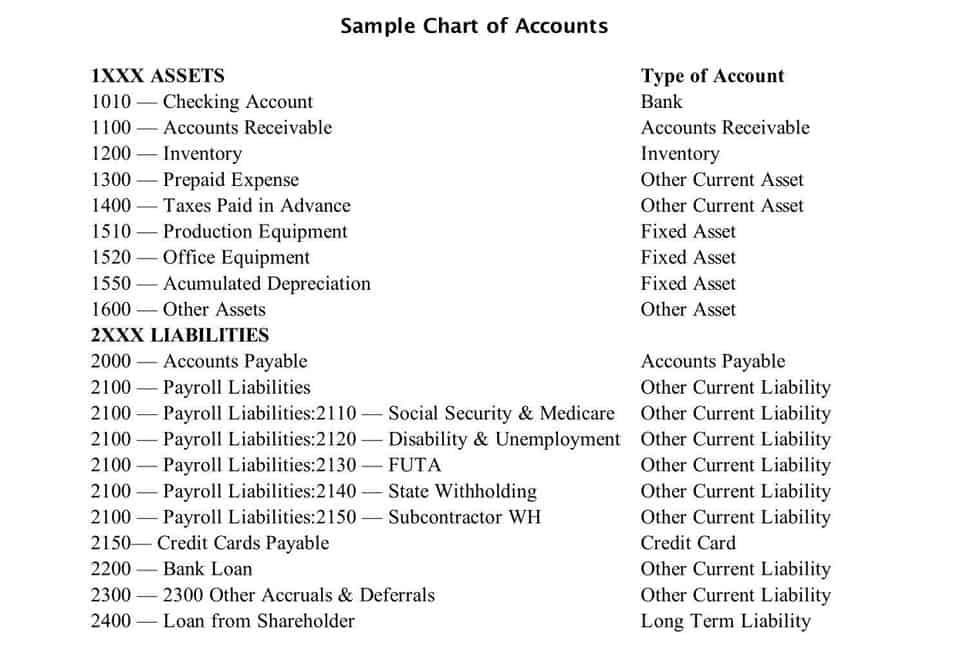¡Tu carrito en este momento está vacío!
Investing Activities: Investing Activities: A Deep Dive into Their Role in Cash Flow Calculation Methods

This includes transactions involving the acquisition and disposal of long-term assets, such as fixed assets and long-term investments. It’s a crucial component when understanding cash flow because it shows how much a company is investing in its future growth. Net cash flow from investing activities is a vital metric derived by subtracting cash outflows from cash inflows. A negative cash flow often indicates aggressive investment strategies, while a positive cash flow may point to asset sales or a reduction in capital expenditures. Investing activities are a crucial component of a company’s cash flow statement, which provides a detailed account of the cash that flows in and out due to various investment-related transactions. Unlike operating activities, which chronicle the company’s primary business operations, investing activities reflect how a company allocates its resources to generate future growth and revenue.

What Do Investing Activities Not Include?
- Net cash flow from investing activities is a vital metric derived by subtracting cash outflows from cash inflows.
- Calculating net cash flow from investing activities involves a systematic approach, focusing solely on cash exchanged for long-term assets and investments.
- Cash inflows are the transactions that result in an increase in cash & cash equivalents; whereas, cash outflows are the transactions that result in a reduction in cash & cash equivalents.
- Cash flows from operating are generally the cash effects of transactions and other events that enter into the determination of net income.
- Proceeds obtained from the disposal of fixed assets such as property, plant and equipment.
- Therefore, buying and selling activities of cash equivalents that are highly liquid and securities for trading purposes are not part of investment activities.
On the other hand, a reduction in investments might indicate cost-cutting payroll measures or a shift in strategic focus, such as prioritizing cash preservation over expansion. Investors who grasp the intricacies of investing activities will undoubtedly be better equipped to make informed decisions, gauge a company’s financial health, and forecast likely future performance. Understanding the details of the cash flow statement, specifically investing activities, rewards you with the knowledge to navigate the complexities of financial analysis with confidence.
What are investing activities in a cash flow statement?

For instance, if a company https://gemsbyjake.com/2024/07/what-is-transactional-accounting-how-is-it-used-2/ sells a piece of machinery it no longer needs, the proceeds from that sale would be recorded as a cash inflow in the investing section of the cash flow statement. Similarly, if a company liquidates its investment in stock or bonds, those proceeds would also be categorized as cash inflows. From a strategic point of view, analyzing the cash flow from investing activities can indicate whether a company is more focused on long-term growth or short-term gains. A company with heavy capital expenditures might be investing in future growth, while one with significant cash inflows from asset sales might be in a divestiture phase or freeing up capital for other uses. Investors can assess a company’s investing activities by reviewing its cash flow statement, specifically the section detailing cash flows from investing activities. Analyzing trends in capital expenditures over the years can provide insights into whether a company is investing adequately for future growth or relying too much on selling off assets.

Methods of Calculating Cash Flow from Investments
By the end, you’ll have a solid grasp of how investing activities to interpret these activities and gain valuable insights into a company’s financial performance. Also, if a company is using cash to acquire other businesses, in many cases business acquisitions are positive for companies. In this scenario, the net cash used in investing activities appears to show a company trying to better focus on its strengths to grow the business in the long term. Economic downturns can lead to cash flow constraints, forcing companies to reassess their investment strategies.
- Understanding these activities is essential for stakeholders to gauge the company’s financial health and prospects.
- Looking at cash flow from investing activities helps investors and analysts see a company’s health, strategy, and growth chances.
- A deep financial review looks at changes in things like accounts receivable and inventory.
- By analyzing these examples, one can glean valuable lessons on the interplay between investing activities and cash flow management.
- Cash flow from investing activities is the net change in a company’s investment gains or losses during the reporting period, as well as the change resulting from any purchase or sale of fixed assets.
How do sales of assets and marketable securities positively influence cash flow?

In addition, evaluating the return on invested capital (ROIC) can help determine how effectively a business is using its assets to generate profits. A higher ROIC suggests that the company is generating favorable returns from its investment activities, making it an attractive option for potential investors. Additionally, through investing activities, stakeholders can analyze how well a company is reinvesting its profits into productive assets. This is crucial information for potential investors, as it provides insights into whether the company is likely to thrive in the competitive landscape. This category involves the buying and selling of financial instruments or securities, such as stocks and bonds.

por
Etiquetas:
Deja un comentario